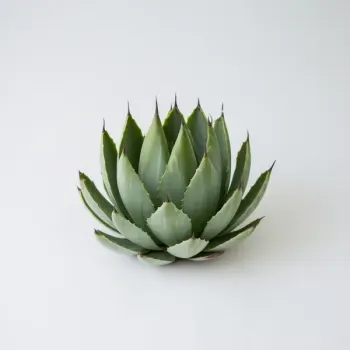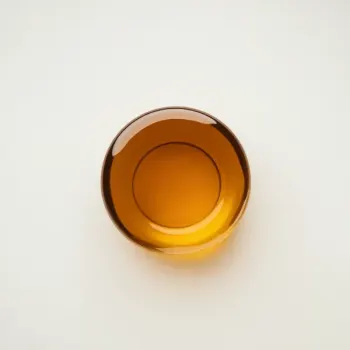Agave Nectar and Maple Syrup are natural sweeteners derived from agave plants and sugar maple trees respectively, each offering unique flavors suited for various culinary applications, from sweetening breakfasts and baked goods to enhancing beverages and savory dishes.

Agave Nectar, also known as agave syrup, is a sweetener commercially produced from several species of agave plants. This syrup has a smooth, liquid texture and a sweetness that's comparable to honey, making it a popular alternative for vegans and those looking for a low-glycemic index sweetener.

Maple Syrup is a natural sweetener made from the sap of sugar maple trees. With its distinctive amber color and rich flavor profile, maple syrup is not just for pancakes; it's a versatile ingredient that enhances both sweet and savory dishes with its complex, woody notes.
Agave Nectar is typically lighter and has a more neutral flavor than Maple Syrup, which makes it an adaptable sweetener in various dishes. However, Maple Syrup offers a robust flavor that can add a gourmet touch to recipes. In terms of source, Agave Nectar comes from the agave plant native to the Southwestern US and Latin America, while Maple Syrup is harvested from the maple tree found mainly in the Northeastern US and Canada.

Your ultimate Recipe Box, Meal Planner, and Cooking Class all in one
In breakfast dishes like oatmeal or yogurt, Agave Nectar serves as a subtle sweetener that doesn't overpower the natural flavors. Its liquid form integrates easily, giving a smooth consistency and a gentle sweetness. Maple Syrup shines in traditional breakfast dishes such as pancakes, waffles, and French toast. Its rich taste complements the hearty textures, and its distinctive maple note provides a comforting and classic flavor.
For baking cookies, cakes, and muffins, Agave Nectar can be used to replace traditional sweeteners. It may result in a moister and denser outcome, so you might need to adjust the quantities of other liquids in the recipe accordingly. Maple Syrup is ideal for baking goods that benefit from its rich flavor, like maple pecan pie or pumpkin spice treats. It can also add a delightful twist to homemade bread or pastries.
Agave Nectar is a great sweetener for cold beverages such as iced teas, cocktails, and smoothies due to its high solubility. It offers a clean, sweet taste without altering the drink's flavor profile significantly. Maple Syrup can be used to sweeten warm beverages like coffee or hot chocolate, where its nuanced flavor notes can be fully appreciated. It also works well in autumn-inspired cocktails and can provide an interesting twist to homemade lemonades.
Agave Nectar can be substituted for Maple Syrup in most recipes, and vice versa, particularly if you're aiming for a similar sweetness level. Keep in mind, though, that the flavor profiles are different, and Maple Syrup's distinct taste might be more pronounced in the final dish. When substituting, use about 1/3 less agave nectar due to its higher sweetness concentration.
Both Agave Nectar and Maple Syrup offer distinct nutritional benefits and can be part of a balanced diet in moderation.
| Nutrient | Maple Syrup ( per tablespoon ) | Agave Nectar ( per tablespoon ) |
|---|---|---|
| Sodium | 2mg | 0mg |
| Sugars | 12.1g | 15g |
| Calories | 52 | 60 |
| Total Fat | 0g | 0g |
| Total Carbohydrates | 13.4g | 16g |
Healthiness is subjective and depends on individual dietary needs. Agave Nectar has a lower glycemic index but is higher in fructose, while Maple Syrup contains antioxidants and has a lower fructose content.
Yes, you can generally use Agave Nectar and Maple Syrup interchangeably, but you'll need to adjust the amount used due to differences in sweetness and keep in mind the flavor differences.
Agave Nectar is sweeter than Maple Syrup, so you may need less of it when substituting one for the other.
Agave Nectar is generally thinner and flows more easily than Maple Syrup, which can be thicker, especially if it's Grade A Dark or Very Dark.
Absolutely. While both are commonly used in sweet dishes, they can also add a touch of sweetness to savory dishes like glazes for meats, dressings for salads, and sauces.